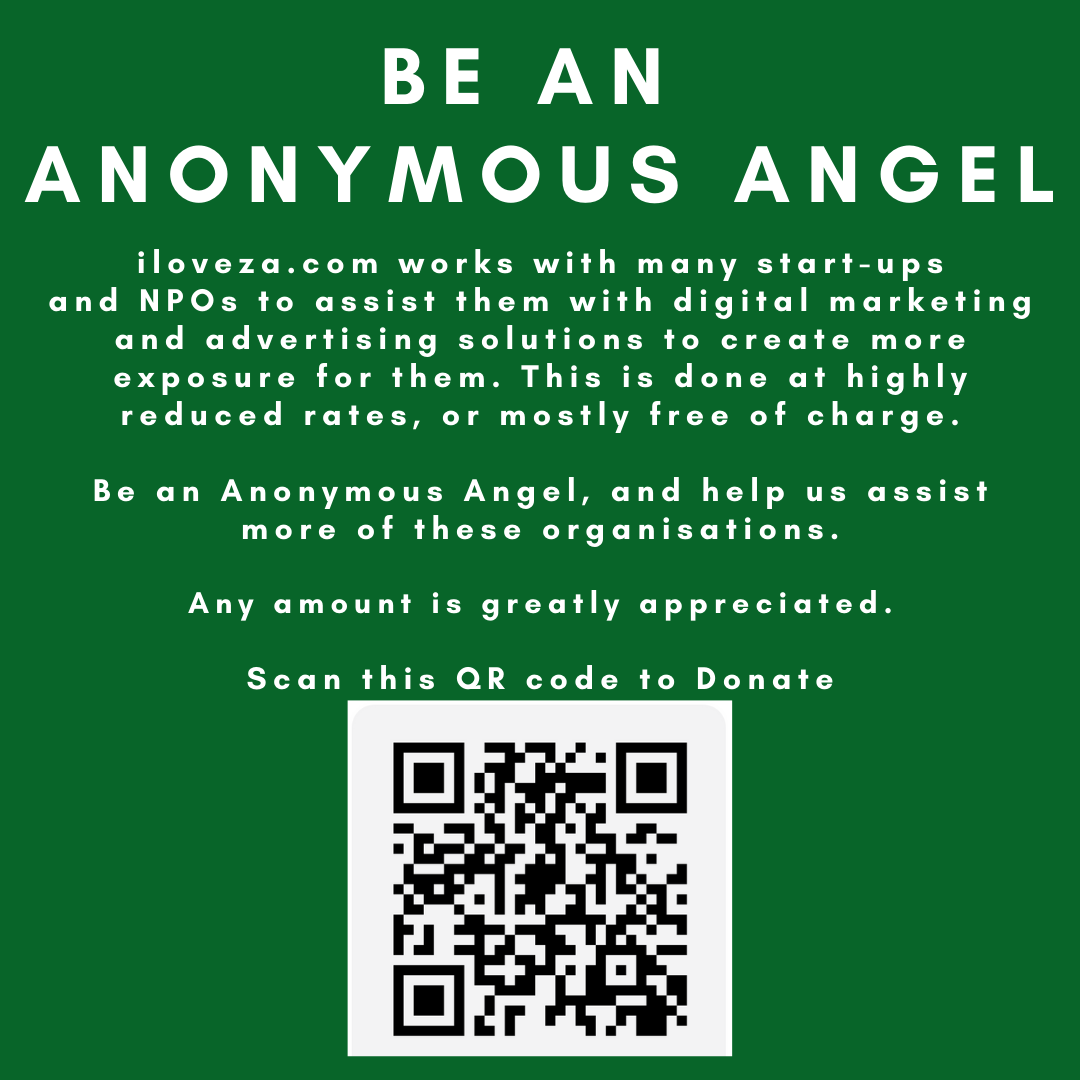When Do Babies Start Talking? First Words Timeline & Tips

When Do Babies Start Talking? First Words Timeline & Tips
New moms anxiously await the day their child would say their first “real” words. And sometimes, let’s just say they decide to take their sweet time. This experience gives moms a new perspective: Every child takes a unique path to reach their developmental milestones.
So, what age do kids start talking? The short answer: when they’re ready. Their communication skills will begin with smiles, giggles, claps and babbles before any words make it out. But while you wait for your tot to say full words, sentences and more, use these tips to help promote their language development right now.
How to get tots talking: Conversation Starters
1. Start story time early.
They might not understand everything right away, but reading introduces your baby to the flow of language. Point to and identify the pictures in the book; If there are animals, make each animal’s noise! The illustration and exciting sounds will keep your kid engaged and having fun.
2. Sing, rhyme & even dance.
Music is a great way to introduce your baby to words. Babies love simple rhymes and sing-along songs while repetition reinforces key words or phrases. Music also introduces them to fun physical movement—in my house, it’s led to many family dance parties!
3. Play with toys that bring their world down to size.
Toys that resemble familiar objects and places—like animal & people figures and playsets—help children identify real-world concepts up close and encourage pretend play.
4. Narrate & label anything, everywhere.
Talk and identify items through your everyday tasks: “Time to get into Mommy’s car.” “Time to get dressed, let’s get your blue pants on.” If they can touch it, see it and hear it (especially repeatedly), they are making that connection between words, concepts and objects.
5. Praise your little talker.
Positive reinforcement is key. Let your little one know they are on the right track by keeping the praise and encouragement coming when they identify objects and use words correctly.
6. Keep some banter going.
Show them how to carry a conversation by asking them questions, waiting for them to “answer” and responding to their babbles or one-word statements. Continue chatting about whatever they seem interested in (e.g., if they point at someone, say, “There’s a person, wave hello!”).
7. Show them how to talk the talk.
Have your little one look at you when you’re talking, and emphasize the movements of your mouth while pronouncing words. This allows your child to begin physically mimicking speech based on sight as well as sound.
Language development timeline: How & When Babies Start Talking
Talking may seem super easy to us grownups; we just open our mouths and our thoughts flow out. But, talking is actually pretty hard to do. First, babies have to learn the unique collection of sounds that create a word. Then, they need to make the connection between a word’s sounds and its meaning. Then their vocal cords, mouths and tongues must coordinate to make the correct sounds required to speak the words they want to say.
So, it will take your baby some time to figure out how to talk. Until they utter that very first word, they’ll develop many other important communication skills within their first year of life. Helping babies ages 6-36 months learn their first words is easy with the Laugh & Learn Smart Stages Puppy, a musical plush toy for baby with 75+ songs, sounds, tunes and phrases! Puppy’s hands, foot, ear, and light-up heart respond to baby’s touch (5 activations in all!) Press and hold light-up heart to hear all his songs. Puppy teaches 100 first words and introduces parts of the body, shapes, counting, the alphabet and more.
Baby’s communication & language development: 0-12 months
0-3 months
- Listens and responds by quieting, smiling or cooing when name is said
- Vocalizes pleasure through laughs, coos and squeals
- Vocalizes displeasure with grunts and cries
- May start to babble as they figure out how sounds work
3-6 months
- Lifts arms to indicate a desire to be held
- Turns toward the direction of sound when own name is heard
- Babbles consonant chains, such as “baba-baba”
- May start to mimic the rhythm and intonation of what’s spoken around them
6-9 months
- Points at interesting/relevant objects or people
- May connect word sounds to meanings (e.g., saying “ba” to refer to their bottle)
9-12 months
- Expresses "Mama" or "Dada" when they enter the room
- Imitates and waves back at adults
- Initiates game of peek-a-boo by hiding face behind blanket
- Responds to simple questions with "yes" or "no"
Once your child starts learning a few words, the talking train can really pick up steam. They’ll go from babbling to pointing at and naming things. Between 18 and 24 months they may encounter a “word spurt,” increasing their vocabulary dramatically. By age two, kids can typically string two words together (e.g., “mama car”).
By Child Testing Researcher Nicole Mackiewicz, M.S., a Early Childhood Development Researcher at the Fisher-Price Lab, and Mom of 2 boys.


